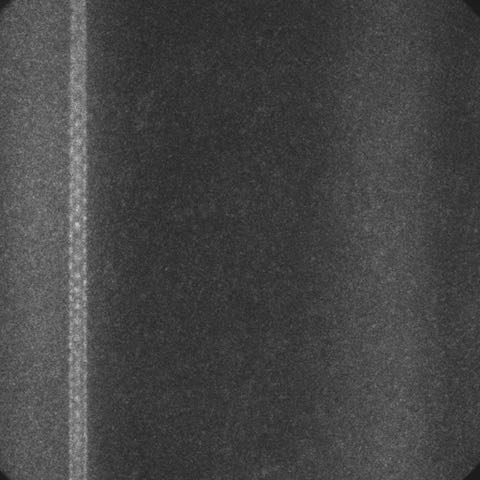
Thermo- and dynamics of trapped ions-TADOTI
One of the purpose of this project is the study of the role of the Coulomb interaction and the confining potential in the self organization of the ions. The experimental setup was designed to make sure that cold clouds big enough to have a finite size effect negligeable in their centre would be stable. The trap is made of a linear quadrupole and multipole trap, in line. This setup allows us to test transfer protocoles between the different part of the trap. The transport of an ion without excitation of its motion is a major issue for the development of trapped ion based quantum computer. We aim at extending these methods to a cloud in a macroscopic trap to improve, for example, the performances of ion based microwave clocks. The coulomb interaction which couples all the degrees of motion and the large distance between the electrodes make this objective difficult to reach.

Symmetry breaking in multipolar trap
The use of radio-frequency multipole traps in the design of microwave clocks is motivated by a built-in reduction of the radio-frequency driven motion of the ions. Observations of cold samples in the ocupole trap of TADOTI have shown an inhomogeneous spatial distribution of the trapped particles with clustering of the ions in local potential wells. Simulations attribute this organization to a symmetry breaking in the trap , induced by realistic mis-positioning of the electrodes. It is possible to restore to symmetry of the potential of the octupole trap by tuning the RF voltage applied to each electrode. Through an analytical description of the potential perturbations induced by the structural deformation of the trap, we propose a characterization and compensation protocol of the perturbations, based on the localization of the laser-cooled ion in the trap. These tools can be used to create any configuration of three parallel ion clouds in the octupole trap.
These default allowed us to trap a very long ion chain made of 155 Calcium ions and test a model to calculate the total number of ions without counting them.
This project started thanks to a grant from ANR (the French research agency-2008 program for young scientist) and from PACA county. It is also supported by CNES (French space research centre) for its common points with microwave clock prototypes based on trapped ions.

GiantMol
Ions stored in a radio-frequency trap form a one-component plasma of finite size. These ions are used here as a platform to study the stopping power of highly correlated ultra-cold plasmas, through the energy loss of a charged projectile. The devices GiantMol involved in this study allow to cover projectile-to-target mass ratios reaching more than 200:1 and to vary the projectile energy, temperature, size and density of the target cloud by controlling the laser cooling and confinement conditions. The objective is to develop new non-destructive diagnostics of projectile energy loss based on laser-induced fluorescence emitted by the target ions. The energy exchange is also be studied numerically using a molecular dynamics simulation code. This original project will have an impact on the understanding of fundamental processes in plasmas. It will also enable the experimental demonstration of an application that concerns chemical analysis and mass spectrometry and aims to develop a non-destructive detector for molecules as heavy as proteins or viruses, MegaDalton. The principle of the detection is based on the observation of a perturbation in the fluorescence signal of the target cloud, signature of the passage of the heavy ion-the projectile-through the target cloud.
this project started with the financial support of SATT-Sud-Est, and is now supported by CNRS-INNOVATION to go further with the application demonstration. The associated fundamental studies will be carried out in the framework of the ESPRIT project, financed by the ANR and which also involves the trapped ions teams of LKB and of MPQ.



